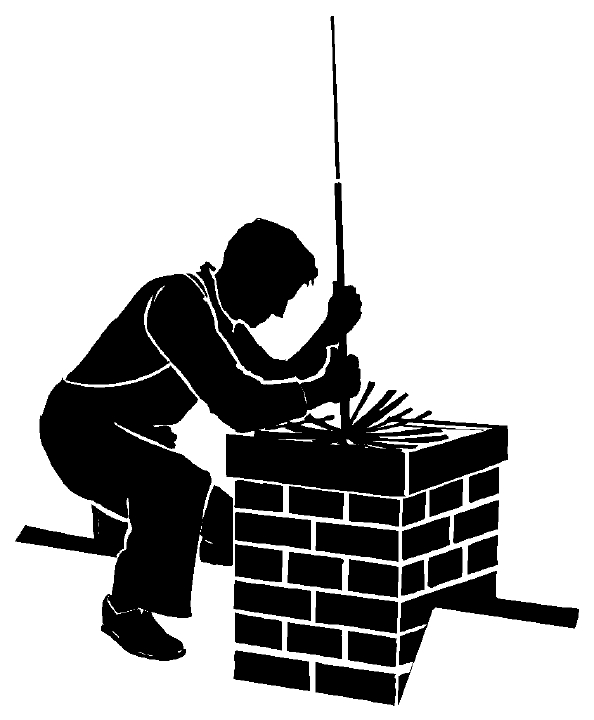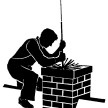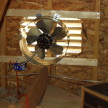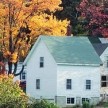Chimney Caps and Odors
Reasons To Use A Chimney Cap
A “Chimney Cap” installs into the top of, and covers the chimney opening and protects the inside of the chimney, while still allows gases to escape.
Chimney Cap Functions
Chimney caps serve several functions, most notably:
- Keeps rain and snow [freeze / thaw damage] from getting inside the flue and damaging masonry. Rain can mix with creosote inside the flue damage the mortar and rust the damper.
- Acts as a spark arrestor by preventing fire sparks from escaping from the chimney and landing on the roof.
- Keep birds, squirrels and raccoons from entering the home through the chimney and setting up a nest.
- Keep out leaves and other debris.
Chimney Odor
Sometimes people complain that they have a chimney smell. The main question is to determine if your chimney cap is installed properly, chimney odor.
It’s a pretty common misconception that chimney caps cause draft problems, they do not. Most of the time the problem is due to installation or other factors. There are specifically designed chimney caps to reduce or correct draft problems. A properly installed cap should solve problems, not create them.
To be sure I covered all bases I called to my FAV chimney sweep he suggests looking for other factors contributing to or causing the smell.
He told me that your sweep MAY be correct in that some work is needed, assuming the cap lid is too close to the flue liner for either the boiler or fireplace flue. Chimney caps need a MINIMUM of 4” for the flue to breathe. My chimney sweep likes to see it installed with a clearance somewhere around 5” or 6.”
His guess is that your chimney sweep will cut down the exposed flue tile with a grinder equipped with a masonry blade to create more clearance.
According to my sweep, none of the above, likely has any relation to your fireplace odor. Fireplace odor is often caused by moisture in the brick & masonry.
A chimney cap helps but does not solve this, as there is still a column of air in the flue containing moisture, for the brick to absorb, and in cases, a world of moisture outside if it’s an exterior chimney.
Wet Dog Syndrome
My sweep calls this “the wet dog syndrome”. If you ever brought a wet, smelly dog in from the rain you know what I mean.
Another cause for odor may be that the wood is not burning completely and is leaving a tarry residue on the flue walls.
The residue is not just flaky ash, but un-burned combustibles. It takes a lot of experience to think of the proper solution. They can range from simple fixes to expensive repairs. In some cases switching to a gas insert may be the only solution.










